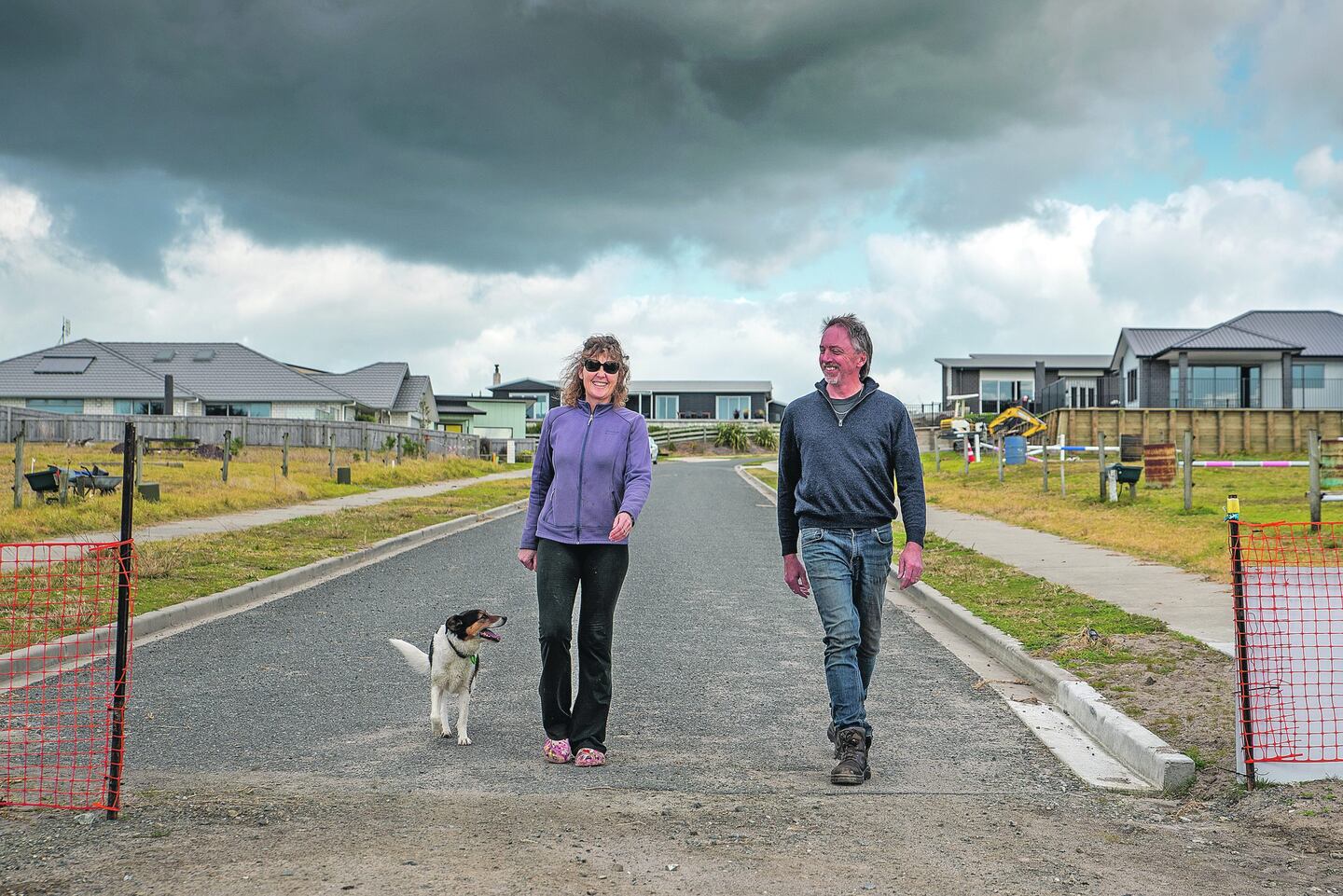This article was first published by Stuff.
Two recent battles between traditional Māori versus English street names in different parts of Aotearoa have highlighted a lack of national consensus over road names compared with place names.
While Petone looks likely to soon become Pito One, and Russell is awaiting on the word of one man to become Kororāreka, changing or naming a new street is a rocky road.
Councils have varying policies for naming streets and roads, which can get messy when disagreements arise, as the decision comes down to councillors, despite legal obligations to include Māori in decision-making.
Here’s a look at some of the recent battles its given rise to.
Whakatāne: Acacia Ave Or Whaana Davis Pl
A development of new houses at Bunyan Rd, Whakatāne, sparked a five-year battle between homeowners, iwi and the Whakatāne District Council over what it should be called.
Local iwi and hapū preferred a traditional Māori name for the area as the iwi’s ancestors hold the mana over the land.
Dianne and Darrin Hawkes, who developed the subdivision, had proposed the name Acacia Avenue - named after a species of tree.
Back in 2019, when the developers proposed three names, including Acacia Avenue, Victory Lane, and Atlas Rise, they were all rejected as they did not meet naming requirements.
Council said at the time that the names “do not reflect the significance of cultural landscape, do not continue an established theme for road names in the area, do not reflect a significant geographic or landscape feature, or reflect flora or fauna local to the area, do not reflect a local historical event or prominent local person”.
The battle continued for another five years, with an iwi cultural advisor and Ngāti Awa proposal for alternative names. Ultimately, Whakatāne councillors put an end to the stoush this month by deciding that Acacia could be the name.
Nelson: Drumduan Rd or Hawaiki Lane
This was a similar battle over an English versus Māori name, but in this case iwi won when Nelson City Council last month backed the iwi’s proposal for Hawaiki, the name of a pā in the area.
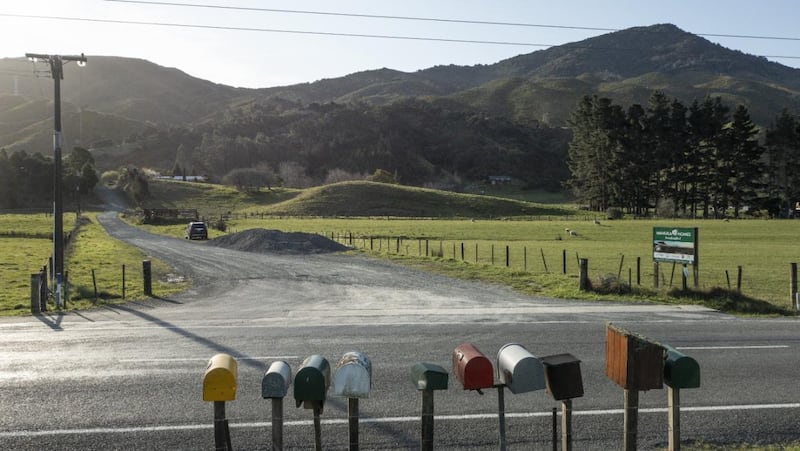
Local residents and the developer were disgruntled as they had wanted the English/Scottish name of Drumduan to honour the history of farming. Nelson’s council’s naming policy says while developers and residents can suggest names “use of Maori names is encouraged.
Iwi said that while farmers had been there since 1840s, the name should honour the first colonisers of this whenua, and council agreed.
Wellington - time to ‘set the record straight’?
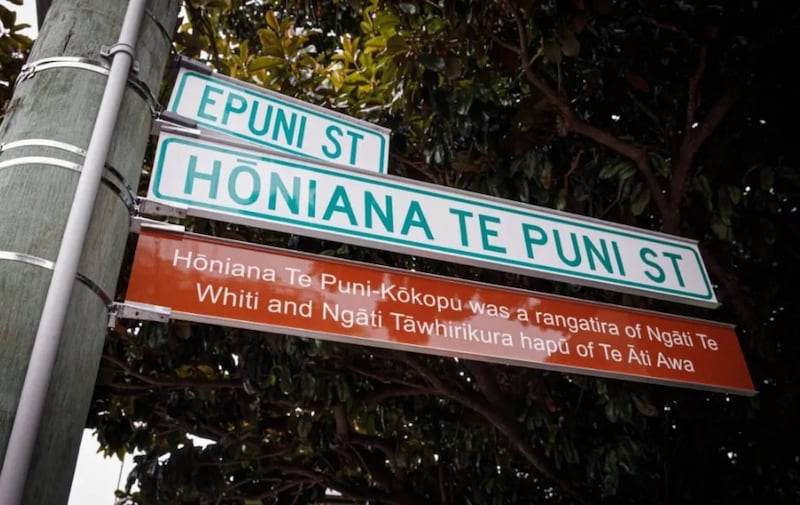
In May, a street in Te Aro suburb was formally renamed to Hōniana Te Puni Street after a rangatira (chief), key to the shaping of the city.
Formerly Epuni, this was a colloquial term written down incorrectly by early settlers.
Morris Love (Taranaki, Te Āti Awa and Ngāti Ruanui) said there were surprisingly few ancestral names in the city, which “is dominated by New Zealand company names and other colonial names”.
Mayor Tory Whanau said the renaming was part of “our efforts to correct te reo Māori names around the city”.
“For all sorts of reasons, some streets, towns and geographical features have been incorrectly named over the years. It’s time we set the record straight.”
Wellington City Council’s extensive 20-page policy is based on its aim to be a te reo capital city by 2040.
It says the first priority for the capital is a te reo name important to manu whenua including land, water, waahi tapu (sacred site), flora and fauna, and other taonga.
Christchurch: Marylands to Validation
In June this year, Marylands Reserve and Marylands Place, both named after the site of abuse of children and young people, Marylands School, were renamed Validation Park and Place.
Since July 2023, 38% of road names approved have been te reo Māori, from 50 names approved, a council spokesperson told Stuff.
Christchurch City’s nine-page document has as its first criteria a “Māori name which is acceptable to the Rūnanga or Iwi.”
Christchurch doesn’t allow names of native trees which are not present in the area, names of living persons, or names related to a developer - unlike Upper Hutt Council, which has named a street and a lane after a well-known local developer and his offspring.
Kirikiriroa/Hamilton put it to the people
In 2022, the Tron started out on the road to shaking off its colonial past with some street name changes such as Von Tempsky Street to Puutikitiki Street and Dawson Park to Te Wehenga Park. Weston Lea Drive in the new Peacocke neighbourhood was renamed to Hoki Whenua Road and Paoro Road after a new road severed the existing road creating two new roads.
Grant Kettle, planning guidance unit director at Hamilton City Council says council does not have a specific programme of work under way to rename existing roads in the city.
Hamilton City Council’s policy allows the name of an “identity of Hamilton”, and allows council to vote on renaming if more than 90% of residents agree to a proposal.
That council recently spent two and a half years reworking its naming policy to put more emphasis on consultation with mana whenua.
The changes put an expectation on developers to consult with mana whenua much earlier about proposed names.
Naming places, not streets
Central government agency the New Zealand Geographic Board is in charge of naming regions, cities, towns and suburbs, with preference given to Māori place names, and local iwi and public consultation.
When disagreement arises, place names are settled by the minister for land information, Chris Penk, who has final say.
The board met this week to decide on four proposals which have been out for public consultation.
Petone to Pito One
It will soon be announced whether Petone will be changed to Pito One, as proposed by several iwi and Hutt City Council.
The area was formerly known as Pito-one, with Petone a mispronunciation. “Pito One is the correct spelling for the suburb,” says board secretary Wendy Shaw.
“The name refers to the burial of pito (umbilical cord) in the one (sand) as a symbolic tethering of a newborn to the land and their tūrangawaewae (place to stand) and as an expression of ahi kā (continuous occupation).
“Pito One pā was the place where senior rangatira Hōniana Te Puni met William Wakefield and the New Zealand Company settlers in 1839.”
Submissions closed and the board met on October 15 to make a decision.
Russell to Kororāreka
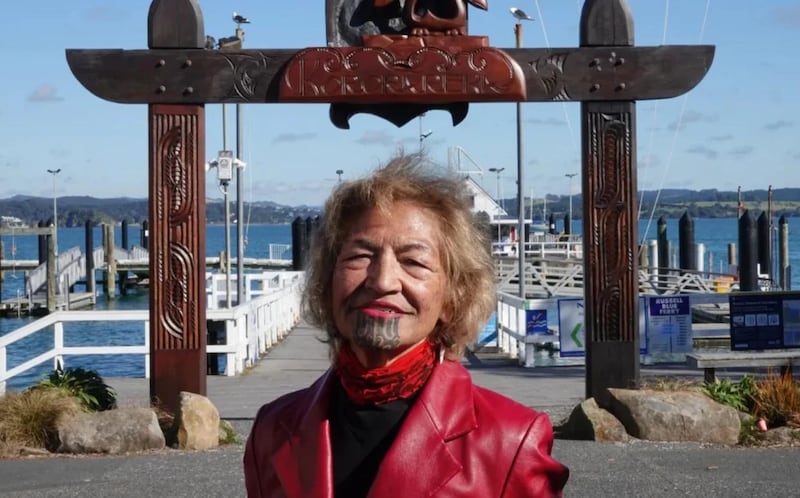
Things take time in Russell. A proposal for the name to be restored to its te reo name was made by the Kororāreka Marae in 2021, but three years later, chair of the marae, Deb Rewiri, is still waiting for Chris Penk to make his mind up.
Public submissions for and against were almost evenly split.
Kororāreka Marae Society chair Deb Rewiri said that submissions against te reo names often made reference to difficulty spelling or pronouncing, but says that is a “cop out”.
“It’s time that we all emotionally grew up and learnt to practise. Because if you break the word down, it’s actually very easy to articulate, and then you can roll it together.”
Penk is also going to be deciding on an iwi and hapū bid to change the unofficial name of central North Island village National Park to the official place name Waimarino.
That name change proposal had more than two thousand submissions.
There is no statutory timeframe or deadline for the minister to make these decisions.
While the board’s place naming cannot please everyone, it is arguably more organised and democratic than the varying street name policies of individual councils.
Restoring Māori place names in Auckland
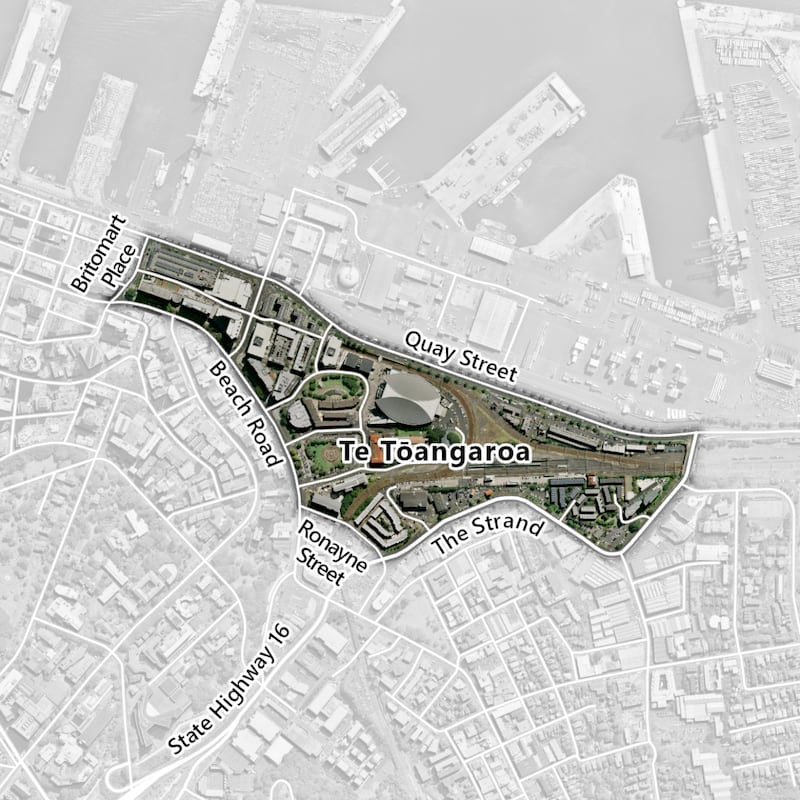
The board is hearing proposals to restore the original Māori name Te Tōangaroa to an area on Auckland’s waterfront, as well as to correct the spelling of the suburb Takanini to Takaanini.
Ngāti Whātua Ōrākei is wanting to see the return of the traditional Māori name Te Tōangaroa and assign it as an official place name for an area bordered by Britomart Place, Beach Road, Quay Street and State Highway 16.
Franklin could be set for a whole new suburb with new housing developments in Paerata Rise.
The way forward
The lack of national cohesion on street names mean that some areas of the country have been quicker and more open to adopt Māori language names reflecting culture, history, flora and flora.
So despite legislation that councils must give preference to Māori names and involve iwi in decision making, the country’s three most common street names are English: Queen Street, George Street and Beach Rd, according to the AA.
- Stuff

